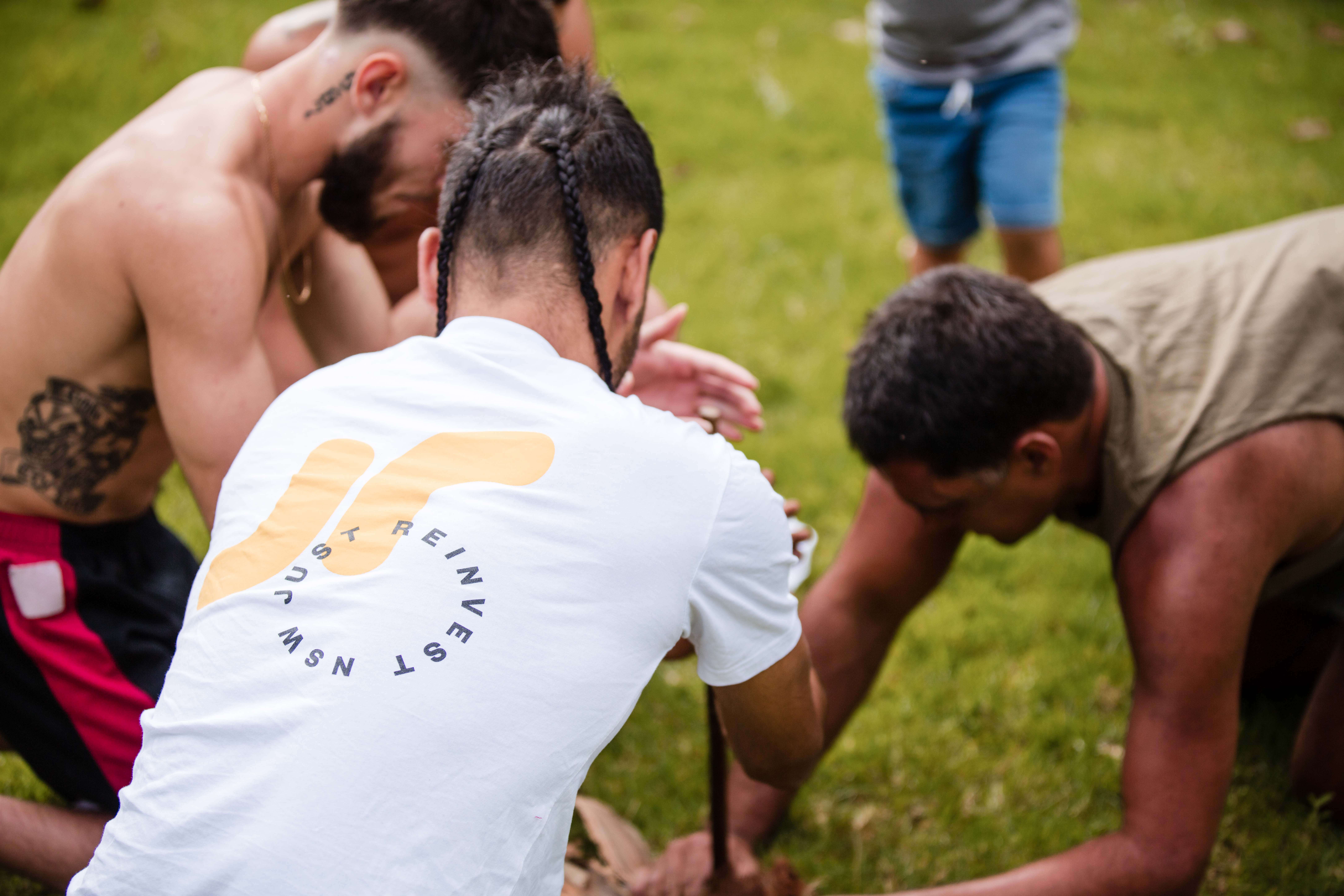Just Reinvest NSW 2025 Research Agenda Launched for Future Reinvestment

In 2025 a new JRNSW strategy is emerging which looks to the next iteration of placed-based, community-led and data-driven justice reinvestment – a model that proves reinvestment works; and that reinvestment of resources from the criminal justice system into communities can lead to reduced incarceration of Aboriginal people. The research agenda that will back up this model outlines key projects being undertaken and the key papers and questions that need to be answered to arrive at a case for future and true justice reinvestment.
Firstly, a Discussion Paper on Designing a Justice Reinvestment Mechanism for New South Wales, that presents the practical considerations of a future policy mechanism for reinvesting resources away from the criminal justice system and into community-led preventative approaches, will soon be released. With contributing research from academics at Macquarie University, University of Sydney and University of Techology Sydney’s Jumbunna Institute, this paper moves the discussion from the theoretical to the practical. It shares the outcomes of market and policy-based reinvestment mechanisms overseas and collates the experience and wishes of Aboriginal communities already involved in JR initiatives in NSW.
Secondly, a research paper titled, ‘The Cost of the NSW Criminal Justice System’ will present the costs involved when Aboriginal people move through the justice system, covering police contact, remand, court appearances and incarceration costs. These costs will be examined for both adults and young people and are used to calculate the Aboriginal criminal justice cost gap in NSW.
Finally, the JRNSW research agenda focuses on answering these remaining key questions:
- What is required to reduce the resources in the carceral system?
- What is the economic opportunity cost of imprisonment, in terms of labour?
- What is the minimum required legislative change needed to see changes in incarceration levels?
- What is a realistic time horizon for observing changes in incarceration and recidivism?
While we are achieving these discrete research projects, a data library can be formed to develop a reinvestment model – the next step after that is to publish the results and build the quantitative model for reinvestment using these estimates.
Our Data & Research Team in JRNSW, including Sylvia Howes, Interim Data & Research Manager; Ian Brown, Community Data Manager; Emma Whitnall, Economic Policy Analyst; working with data officers in community backbone teams in Bourke, Mt Druitt, Moree, Kempsey, and Nowra; and along with our academic colleagues are working with external stakeholders in government, social/community sector, NGOs and funders (ie. philanthropy) to build the infrastructure and capacity required including data management, policy-relevant research, and advocacy for systems change.
Leave a Reply